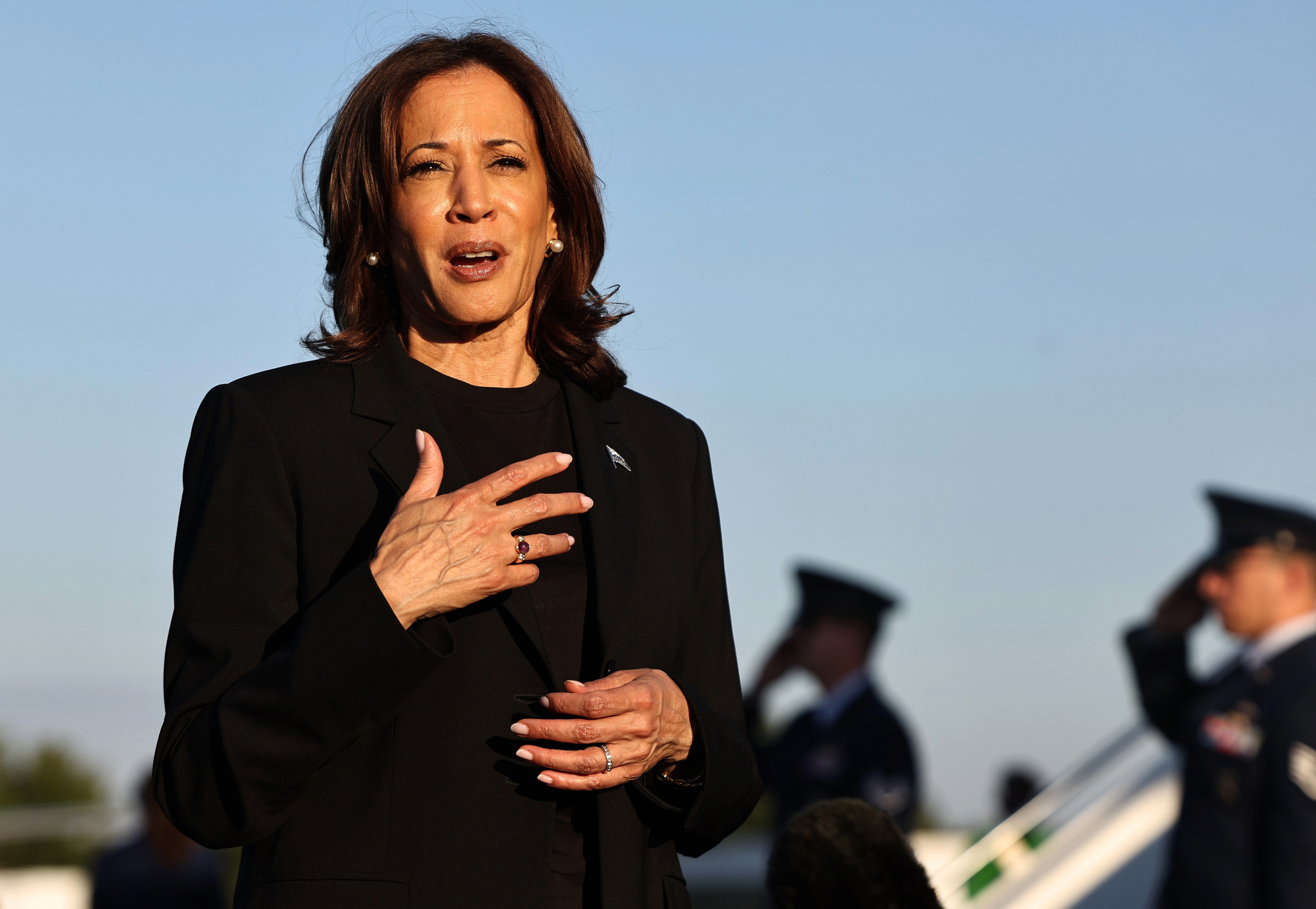As the campaign heats up, Vice President Kamala Harris is gearing up for a rally in North Carolina this Sunday, where polling indicates a tight race against GOP nominee, former President Donald Trump. According to FiveThirtyEight’s tracker, Trump leads Harris by a slim margin of just 0.9 points, with 48.2% to her 47.3% as of Saturday afternoon.
Harris will kick off her visit in Raleigh, meeting with local Black leaders and community figures at a popular restaurant. On Sunday, she’ll attend church in Greenville as part of her “Souls to the Polls” initiative, aimed at boosting voter turnout ahead of the rally.
This trip reflects her strategy to connect with diverse voter groups, including Black voters and college-educated individuals, while addressing concerns over abortion rights.
Additionally, Harris will discuss the economy—a major election topic—and the ongoing recovery from Hurricane Helene, which has drawn criticism towards Trump and his supporters regarding disaster response. This marks her second visit to North Carolina since the hurricane struck late last month, leading to significant damage and loss of life.
Harris has emphasized the need for fair relief efforts, vowing to monitor for unfair price gouging in the wake of the disaster: “We will be monitoring and there will be a consequence,” she stated regarding companies manipulating prices.

Mario Tama/Getty Images
Historically, North Carolina has leaned Republican in presidential elections, having voted for Trump in 2020, yet it has seen Democratic governors in six of the last seven races, marking it as a key battleground this year.
Battleground states like North Carolina are crucial for the electoral outcome, as candidates need 270 electoral votes for victory, separate from the national popular vote. Current independent polls show Trump with a slight edge—an Emerson College survey indicates he’s leading by 1 point, and a Wall Street Journal poll shows him ahead 46% to 45%.
However, Harris leads Trump in four out of seven battleground states, including Arizona and Michigan, showing potential paths to victory. Her strongest chances remain in the historically Democratic states of Pennsylvania, Michigan, and Wisconsin, while Trump’s focus seems to be on securing the Sun Belt states, particularly North Carolina and Georgia.
